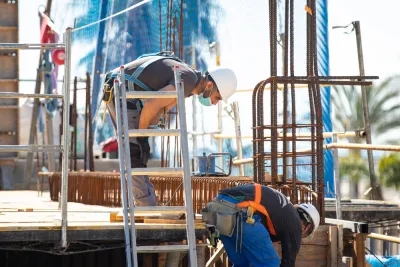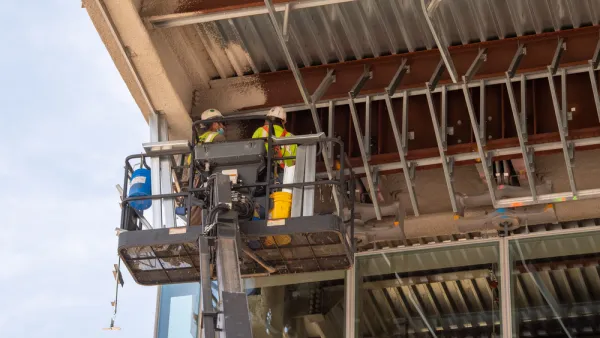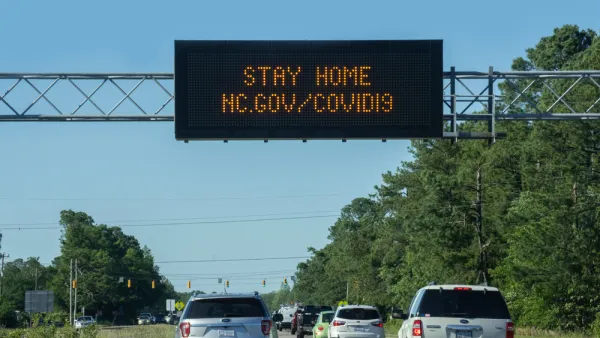The changes coming to the construction industry to protect the safety and health of workers during the pandemic could stay in place for the foreseeable future.

When the pandemic first hit, two approaches to construction work emerged. In one kind of place, most notably Boston, construction work was suspended indefinitely. Other places, like California, included construction work in the category of essential, and even accelerated project timelines with fewer cars on the road. For the first two months of the public health crisis, the construction industry lacked clear direction on the requirements of a safe and healthy construction site. Now, however, more companies are moving forward construction with strict regulations enforced by state and local authorities, and the requirements of safe construction in the time of COVID-19 are beginning to emerge. These new regulatory standards could end up sticking around as the new normal for the industry for the foreseeable future, or they could end up requiring a complete overhaul in the near term if workers begin to encounter the kind of outcomes currently ravaging workers in other sectors of the economy.
Jenn Goodman writes to provide some details on what the future of the construction industry will look like during and after the public health crisis, as the industry plans for long-term changes. "This emphasis on cleaner, less crowded work areas is one that won’t recede after the virus does," writes Goodman.
"The new normal will be reinforced by state, local and federal regulations, such as the ones recently proposed in Washington and Pennsylvania, and in the near future, OSHA could require employers to develop written infectious disease preparedness and response plans, said attorney Michael Rubin, chair of Goldberg Segalla’s national OSHA and Worksite Safety practice group," adds Goodman.
Other predictions included in the article about the new normal in the construction industry: remote work and teleworking will be much more common, and many projects are likely to take longer.
For additional reporting on the public health concerns that linger as construction sites begin to reopen, see also articles by Jonathan Hilburg and Mathew Haag that focus especially on the resumption of construction work in New York City.
FULL STORY: The new normal: 8 ways the coronavirus crisis is changing construction

Analysis: Cybertruck Fatality Rate Far Exceeds That of Ford Pinto
The Tesla Cybertruck was recalled seven times last year.

National Parks Layoffs Will Cause Communities to Lose Billions
Thousands of essential park workers were laid off this week, just before the busy spring break season.

Retro-silient?: America’s First “Eco-burb,” The Woodlands Turns 50
A master-planned community north of Houston offers lessons on green infrastructure and resilient design, but falls short of its founder’s lofty affordability and walkability goals.

Test News Post 1
This is a summary

Analysis: Cybertruck Fatality Rate Far Exceeds That of Ford Pinto
The Tesla Cybertruck was recalled seven times last year.

Test News Headline 46
Test for the image on the front page.
Urban Design for Planners 1: Software Tools
This six-course series explores essential urban design concepts using open source software and equips planners with the tools they need to participate fully in the urban design process.
Planning for Universal Design
Learn the tools for implementing Universal Design in planning regulations.
EMC Planning Group, Inc.
Planetizen
Planetizen
Mpact (formerly Rail~Volution)
Great Falls Development Authority, Inc.
HUDs Office of Policy Development and Research
NYU Wagner Graduate School of Public Service




























